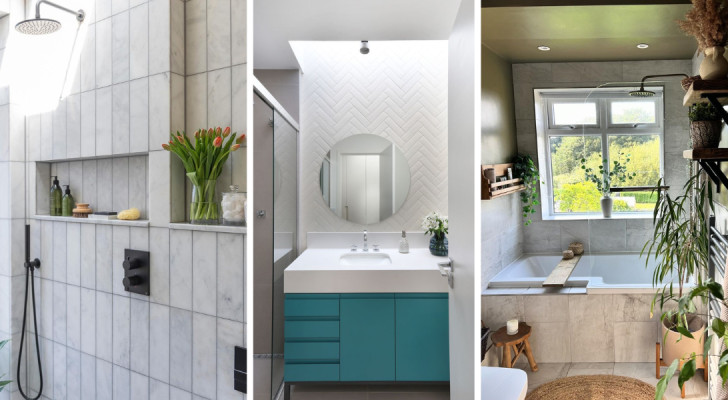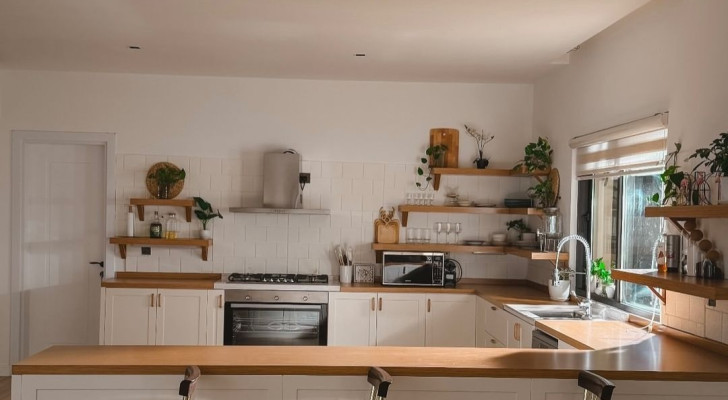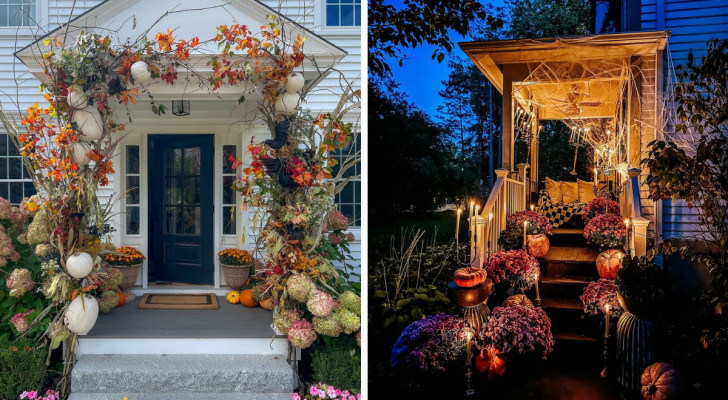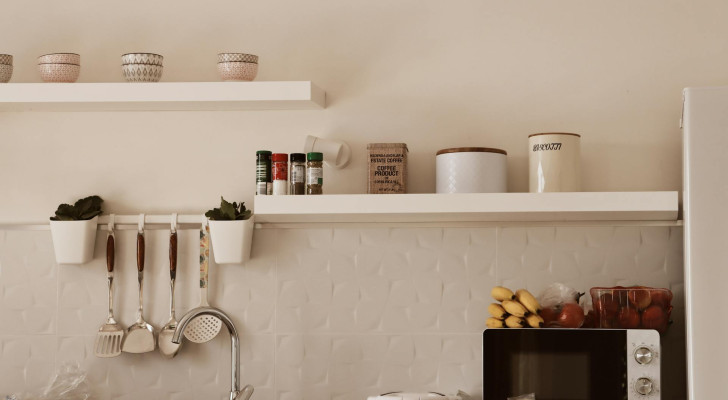Brighten a dark room: 7 tips to do this without major restructuring required

The exposure of a house to light is very important. Depending on whether the home faces north or south, east or west, this orientation will determine the amount of light your home receives. The main source of light for homes is, of course, the sun (during the day) and artificial lighting (after dark).
For those in homes with poor natural lighting, check out the 7 tips listed below:
1. Clean the windows
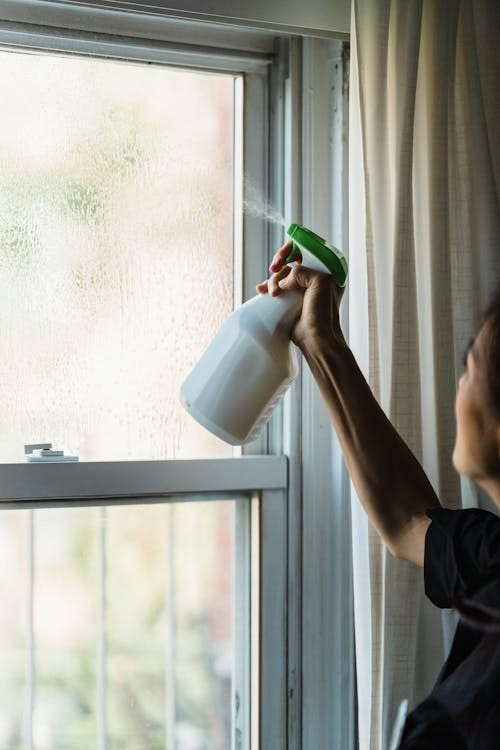
Liliana Drew/Pexels
A cleaner home is a brighter home. Dirty, grimey window panes will inhibit the penetration of the sun's rays into your house. By cleaning the windows, you will allow more light into your home for minimal effort.
2. Remove the curtains
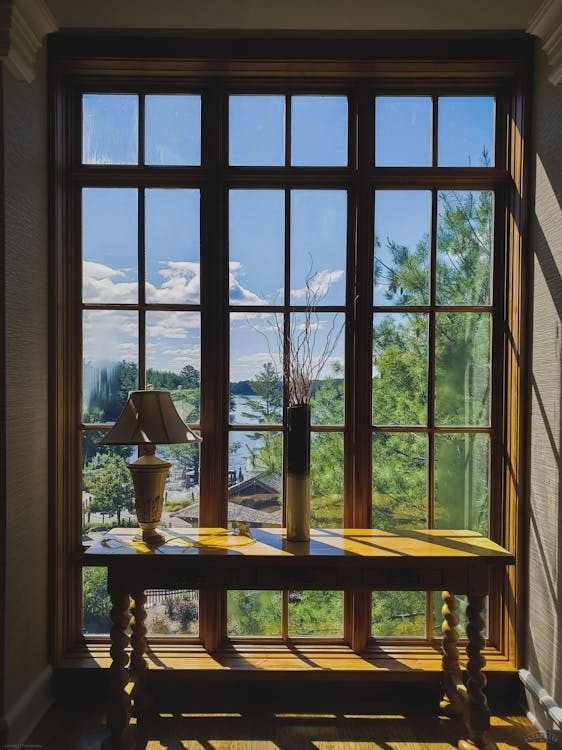
Jonald/Pexels
Still on the subject of windows and glass, another way to make the home brighter is to remove the curtains. Whilst being decorative, curtains also block a certan amount of light. To avoid this "loss", leave your curtains open or remove them completely (if privacy is not a major issue).
And if you really can't do without curtains, use lightly-colored ones which will let more light filter through them.
3. Shiny finishes
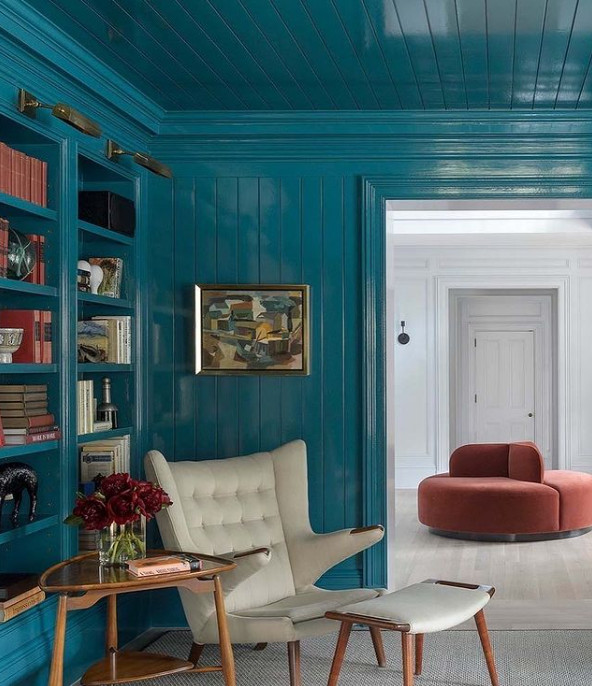
Can paint help illuminate a dark home? Have you ever thought, for example, how reflective a glossy paint can be? While not a popular choice, a glossy paint can bring light into a home.
Painting the walls and even the ceilings with light-colored glossy paints will help to reflect available light into and around the internals of a home, making it significantly brighter. And, of course, nothing stops you from using dark/bold glossy paint for certain areas too.
4. What about using mirrors?
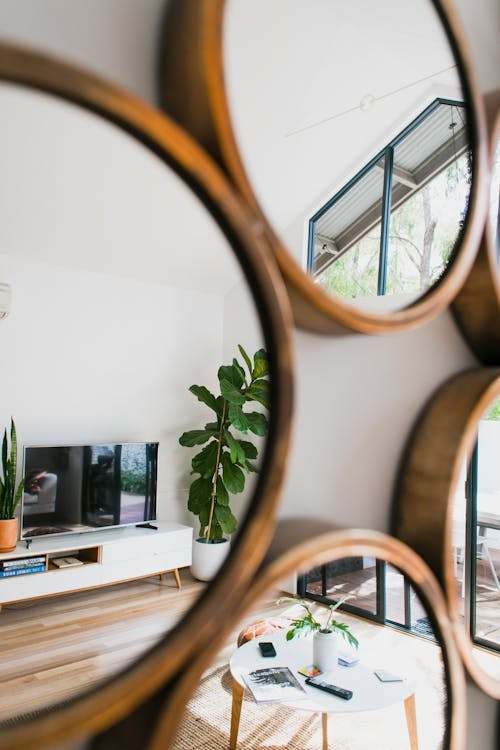
Rachel Claire/Pexels
How useful are mirrors? Often, mirrors are used to enlarge the room in which they are placed, but they can also be used to amplify the available light. With their reflective surfaces, mirrors can "bounce" light around a room, making it significantly brighter.
5. Color contrasts
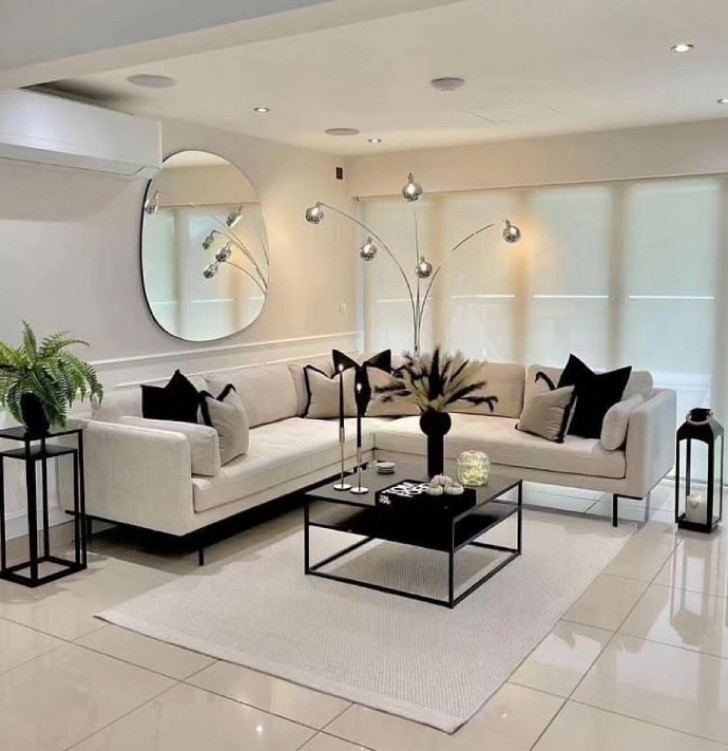
If you want to use dark colors for decorating, but you're afraid of darkening an area too much, then you can consider contrasting the dark shades with lighter tones. The resulting chromatic contrast will satisfy your "dark" needs, but without compromising the amount of light.
Not keen on a strong dark/light contrast? Well, in this case, you should focus on using lightly-colored pastels (and similar shades). In this way, even the darkest room will benefit from more natural (and artificial) lighting.
6. Light floors
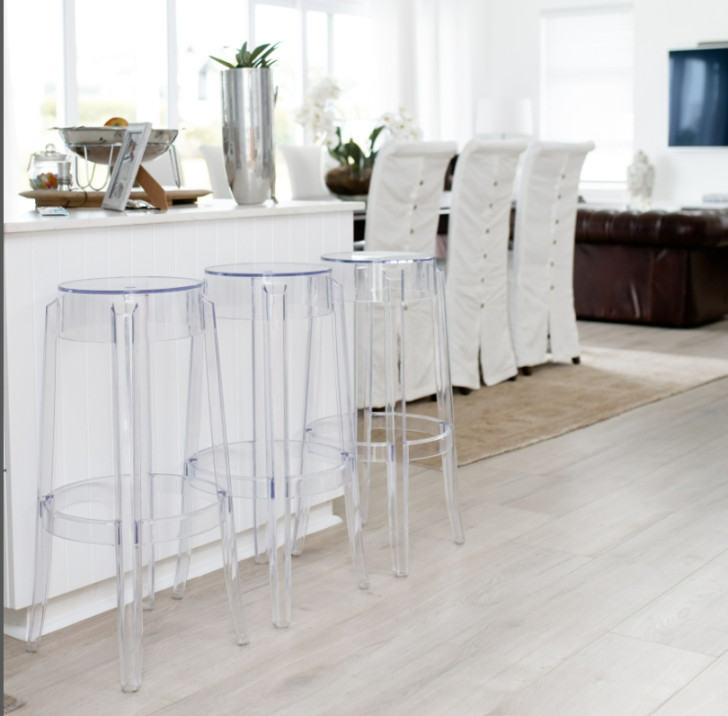
Don't forget the floors. Floors are the largest surfaces in most homes and for this reason, they need to be carefully selected. And obviously, a lightly-colored floor will provide better illumination. Lightly-colored parque, for example, is elegant, modern and will brighten up your rooms.
7. What type of lighting to choose?
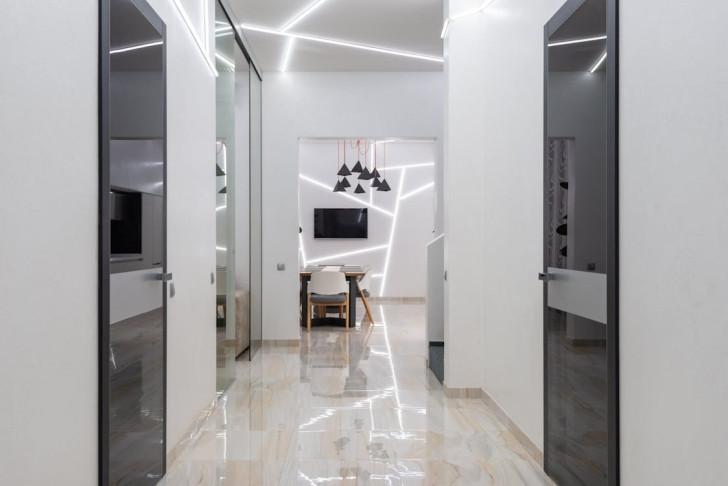
Max Vakhtbovycn/Pexels
And then, you come to evaluating your artificial lighting systems. If you have insufficient natural light entering the home, your lighting selection becomes very important.
Choosing the right places to place/mount wall lamps, designer lamp stands, chandeliers and LED lights is of fundamental importance. You cannot leave this detail to chance, since it is the key to illuminating a dimly lit home.
Still not happy?
If none of the suggestions listed above are right for you, put up light, vibrant art work. Or you could even opt to purchasing transparent furnishing accessories. Transparent chairs, tables, coffee tables and more, will allow even the smallest amount light to pass through them, creating a brighter environment
Are you now ready to "light up" your home?
